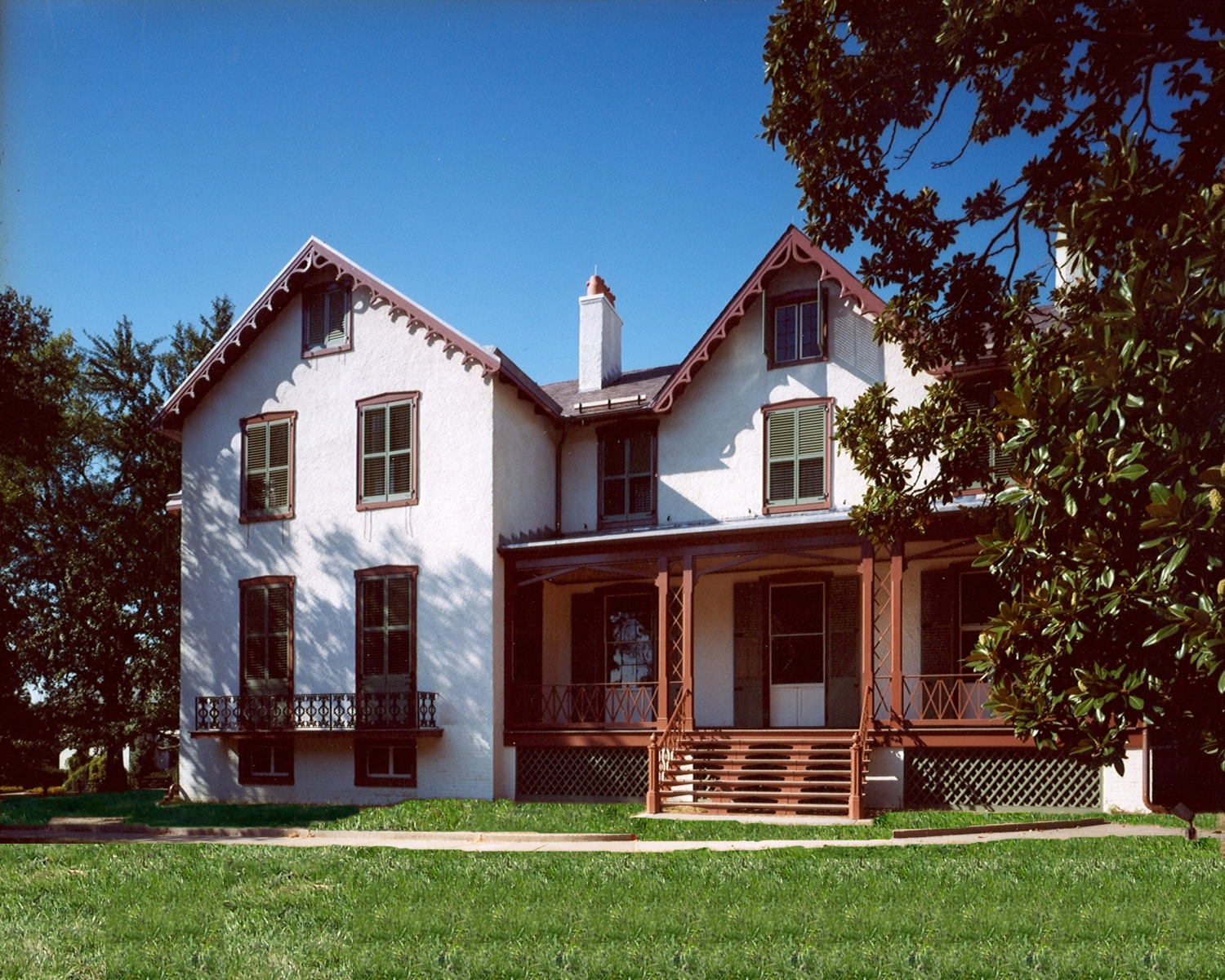
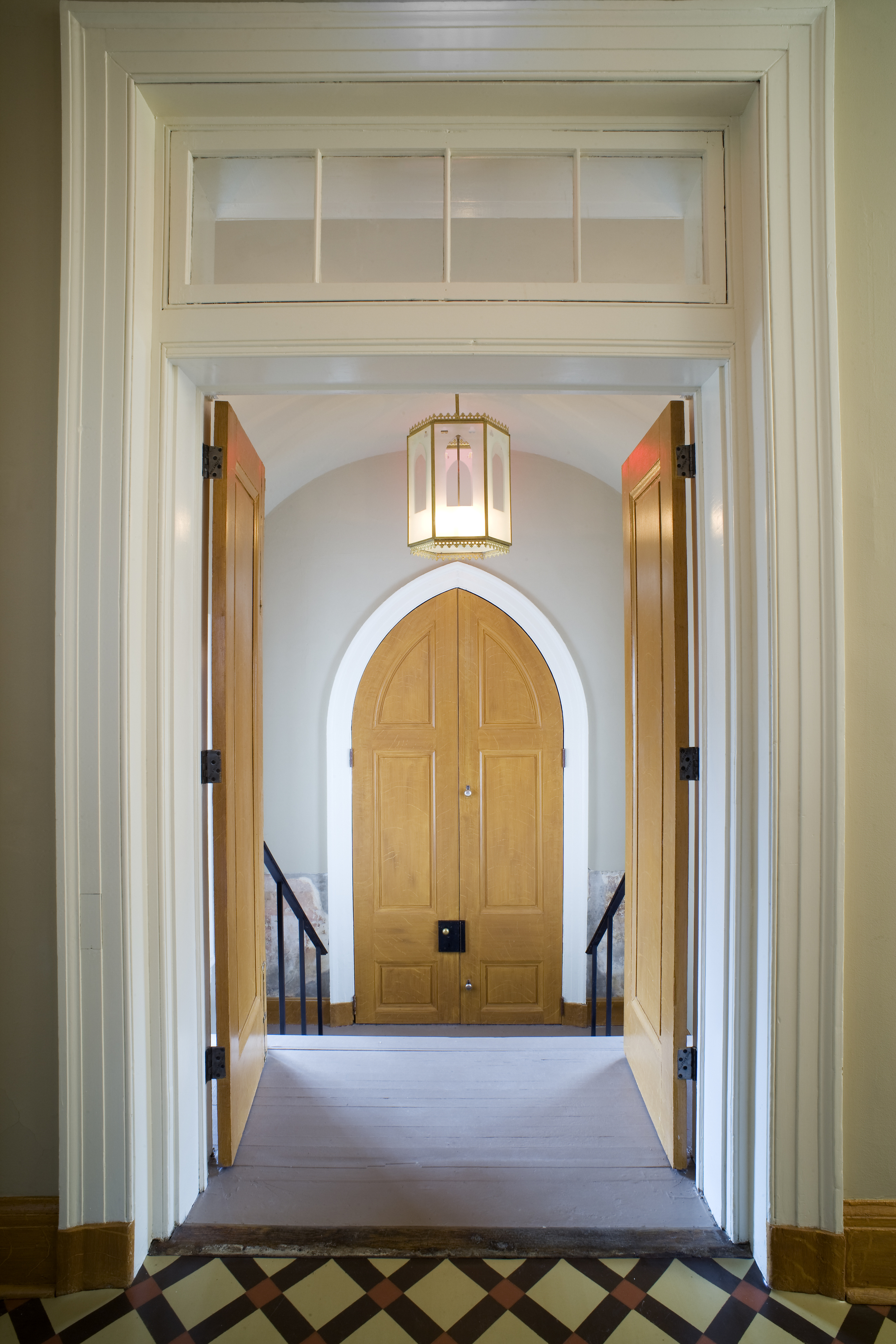
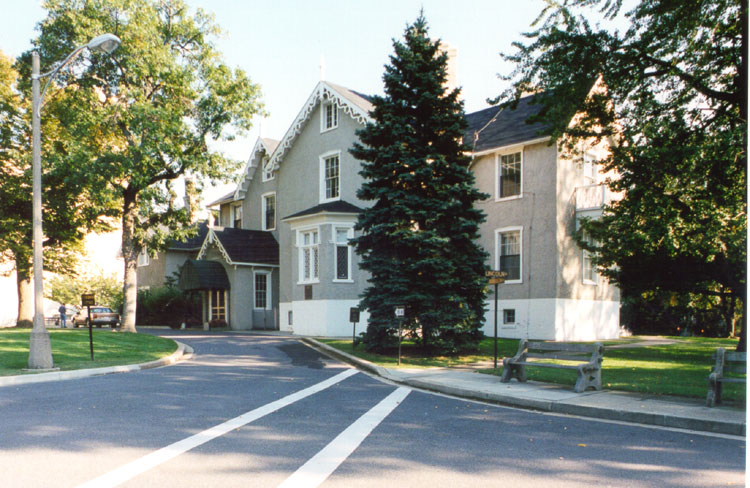
![#Lincoln_NW_Completed [DSC_6392].jpg](https://images.squarespace-cdn.com/content/v1/57893f8c2994ca42c9966278/1470942869702-BLNKDY0ARQ3DKTI1IEYJ/%23Lincoln_NW_Completed+%5BDSC_6392%5D.jpg)


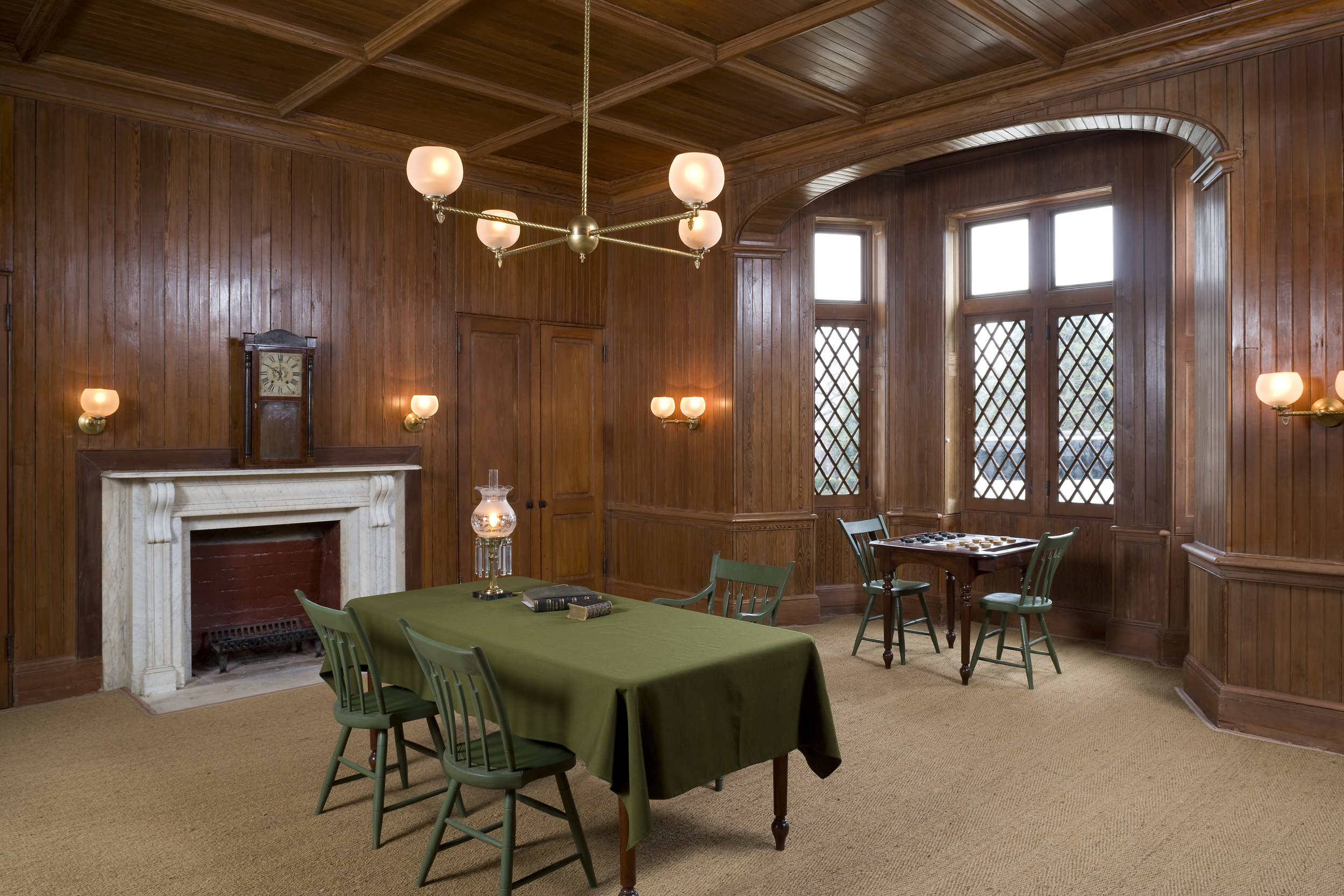
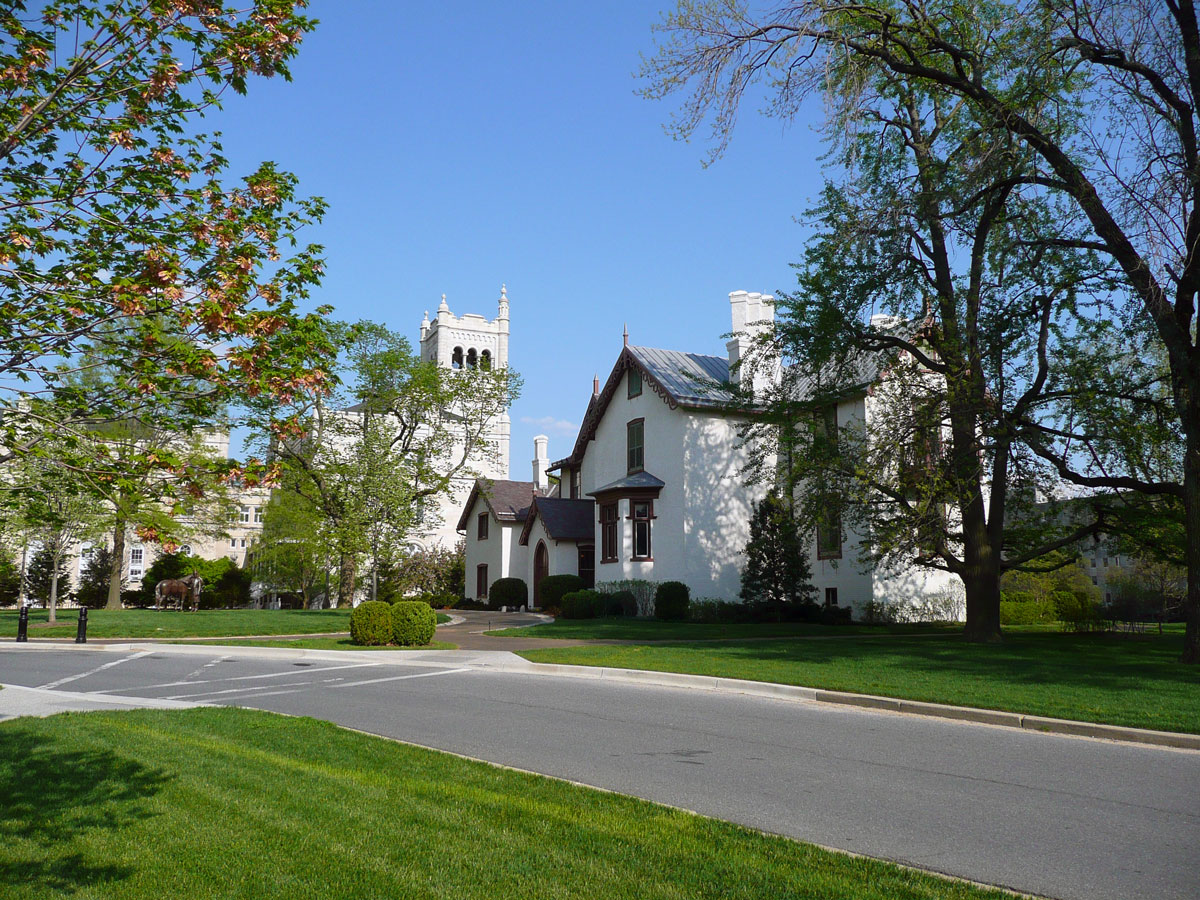
President Lincoln & soldier's home national monument*
OVERVIEW
The Lincoln Cottage, located in Washington, DC, on the campus of the United States Armed Forces Retirement Home (AFRH), is one of the most significant historic sites in America associated with President Lincoln. It is the only site, apart from the White House, that is associated with his Presidency and represents the reasons Abraham Lincoln is honored: his ideas and his contributions to this country.
In September 2000, the National Trust and the AFRH, working through a cooperative agreement, undertook a national search for a design team to lead the restoration of the house and the reuse of the Administration Building as a visitor orientation and education center. HillierARCHITECTURE (now RMJM) was selected to lead this important design effort with a support of several nationally recognized design and preservation experts. Dr. George C. Skarmeas, AIA, was the Planning, Design and Preservation Principal for this multi-year effort.
The Visitor Education Center received a LEED-Gold rating and has been showcased by the Trust as a case study for the proper rehabilitation of historic buildings that balance historic preservation with sustainable design in a sensitive and sensible way.
HISTORY
Each summer from 1862 to 1864, President Lincoln and his family would move to this Gothic Revival cottage on the northern edge of the District to escape the oppressive heat of the city, during its notorious hot and humid summer months. Travelling back and forth to the White House each day, Lincoln used the Cottage as a family retreat, and for work and meetings in the evenings. Since the Lincoln era, several other buildings were constructed on the site, including the Administration Building, an Italian Renaissance Revival structure, designed by architect William Poindexter.
Both the Cottage and the Administration Building were used by the AFRH throughout the 20th century, as generic office space. In 1973, the site was named a National Historic Landmark and was included in the National Register of Historic Places. Lack of maintenance and proper stewardship led to the deterioration of the Cottage. In April 2000, the National Trust for Historic Preservation identified the Cottage as the Number One site on its annual list of endangered properties. On July 7, 2000, President Clinton declared the Cottage and the surrounding 2.3 acres a National Monument, and it was placed under the Save America's Treasures Program, receiving the first of a series of major grants toward its proper restoration and long term protection.
PROJECT APPROACH
Led by Dr. Skarmeas, the first stage of the project included the preparation of a detailed master plan, delineating the findings of the design team and outlining the proposed exterior and interior treatment of the Cottage. The Trust convened a Peer Review that concluded that the plan had made sound recommendations, fully endorsing the design and preservation proposals of the design team.
The restoration of the Cottage was completed in two stages. The exterior was completed first. The interior of the Cottage and the adaptive reuse of the Administration Building as the Visitor Education Center, were completed in the second stage, along with the restoration of the historic grounds.
* Project led by George C. Skarmeas as Design Principal and Director of Preservation Design Studio at HillierARCHITECTURE / RMJM (1996-2010)
STATUS
Completed (2008)
SELECTED AWARDS
Victorian Society Award, 2009
Mid-Atlantic Construction, Project of the Year: Restoration, 2008
